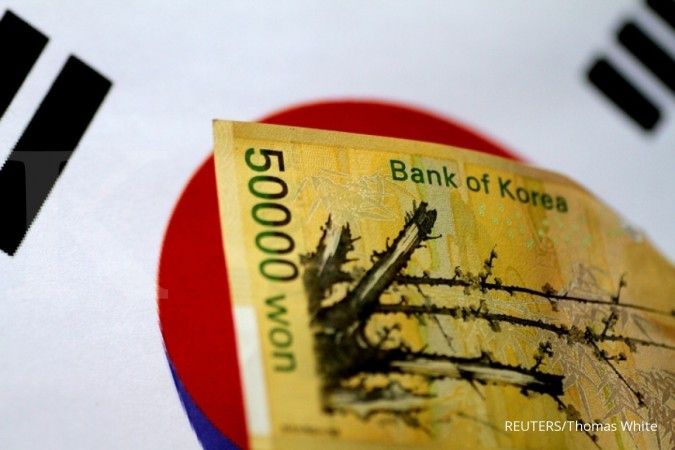FOREIGN DEBT - LONDON. Falling interest rates have fuelled a fresh borrowing bonanza in the first quarter of 2019 with emerging market debt soaring to record highs and the global debt stock bulging by $3 trillion, an Institute of International Finance (IIF) report showed.
Debt owed by governments, companies, financial institutions and households across developing economies soared to $69.1 trillion or 216% of gross domestic product from $68.9 trillion a year earlier. Debt-to-GDP ratios had risen at the fastest pace in Chile, Korea, Brazil, South Africa, Pakistan and China over the past year, the IIF found.
"The persistent economy-wide increase in EM borrowing continues to feed into higher contingent liabilities for many sovereigns," IIF deputy director Emre Tiftik wrote in a note.
"Growing reliance on short-term debt leaves many emerging markets exposed to sudden shifts in global risk appetite," Tiftik said, adding some $3 trillion of emerging market bonds and syndicated loans are coming due through end-2020 - a third of which were U.S. dollar denominated.
Major central banks such as the U.S. Federal Reserve and the European Central Bank have turned increasingly dovish in recent weeks and are expected to provide fresh stimulus in a bid to shore up economic momentum which is overshadowed by a cloud of protracted trade wars.
The prospect of ongoing cheap borrowing costs also saw the overall global debt stock jump by $3 trillion to $246.5 trillion - or 320% of GDP - just $2 trillion shy of the all-time high reached in the first quarter of last year.
"The 2018 slowdown in debt accumulation is looking more blip than trend: helped by the substantial easing in financial conditions, borrowers took on debt in Q1 2019 at the fastest pace in over a year," IIF's Tiftik wrote.
"Looking ahead, broad-based central bank easing could well prompt more debt buildup across the board, undermining deleveraging efforts and reigniting concern about long-term head-winds to global growth."
Across developed markets, the first quarter increase was chiefly driven by a buildup in government debt, which added $1 trillion. Finland, Canada and Japan have seen the biggest increase in debt-to-GDP ratios over the past year while some Euro area economies, notably the Netherlands, Ireland and Portugal, have continued with deleveraging.
Total U.S. debt has jumped $2.9 trillion since the first quarter of 2018, bringing the country's debt mountain to all-time high of over $69 trillion in the first quarter.
While federal government debt was the driving momentum behind that increase, lights were flashing "amber" for U.S. firms.
"With U.S. corporate debt growing above trend, an increase in bank lending has helped push the debt of non-financial corporate firms to a new high of near 75% of GDP, adding to worries about vulnerabilities in the corporate sector," IIF's Tiftik wrote.
/2018/01/12/448065091p.jpg)













